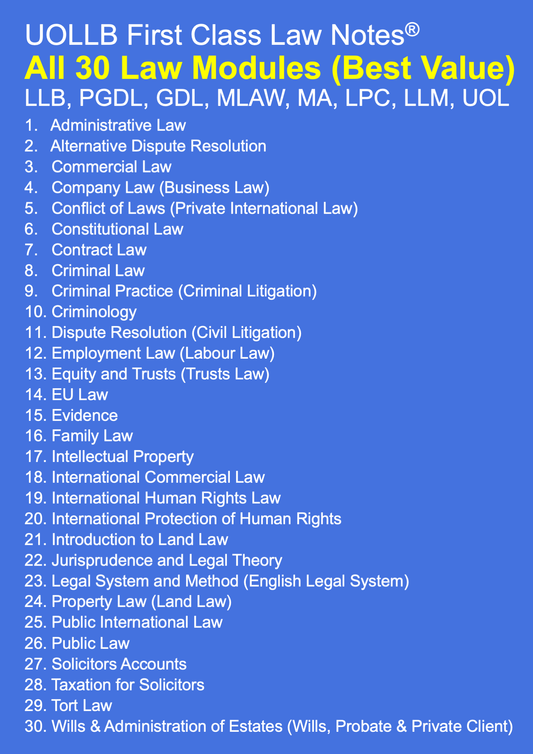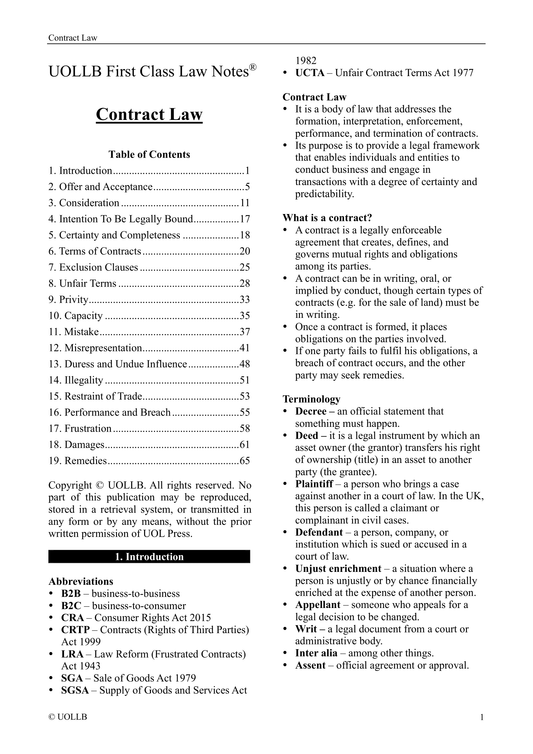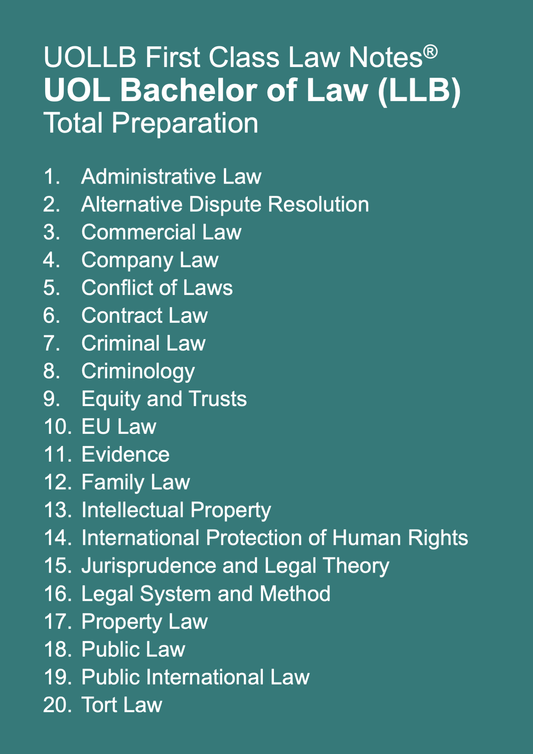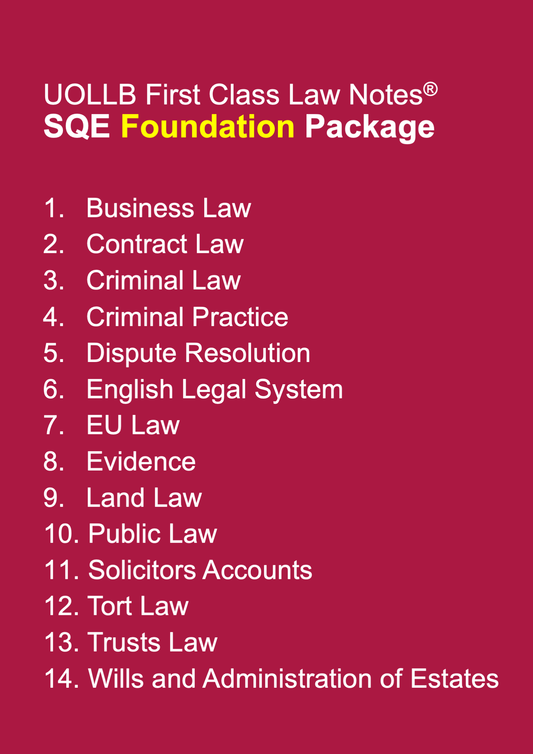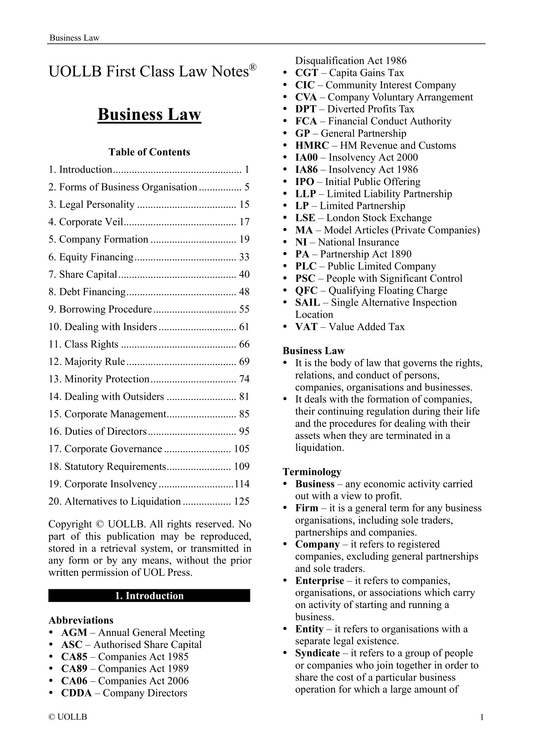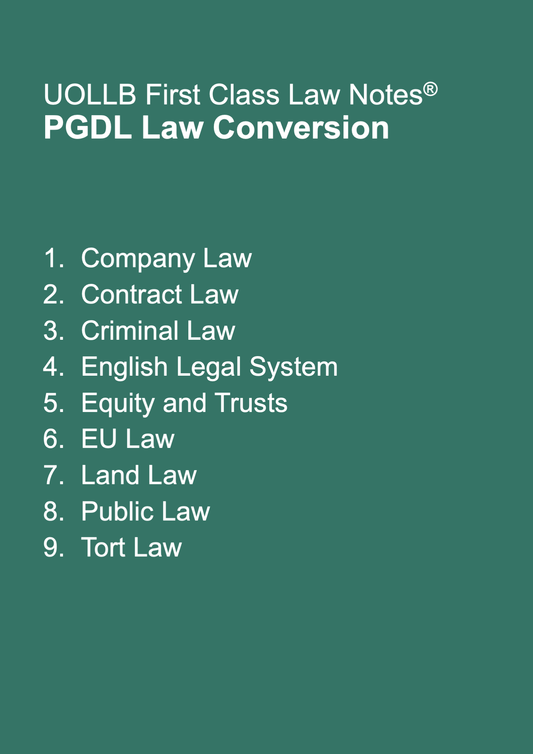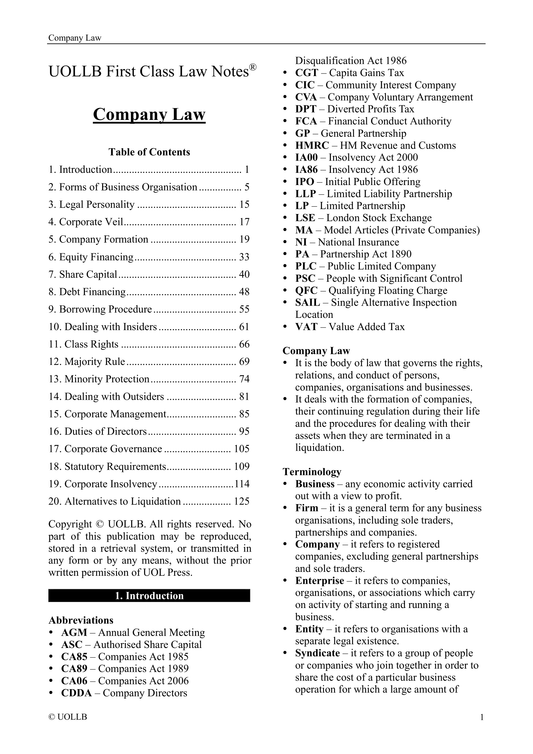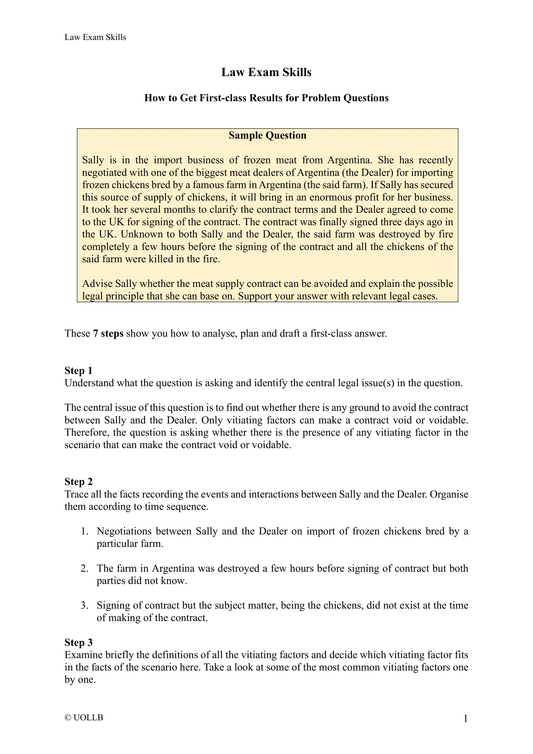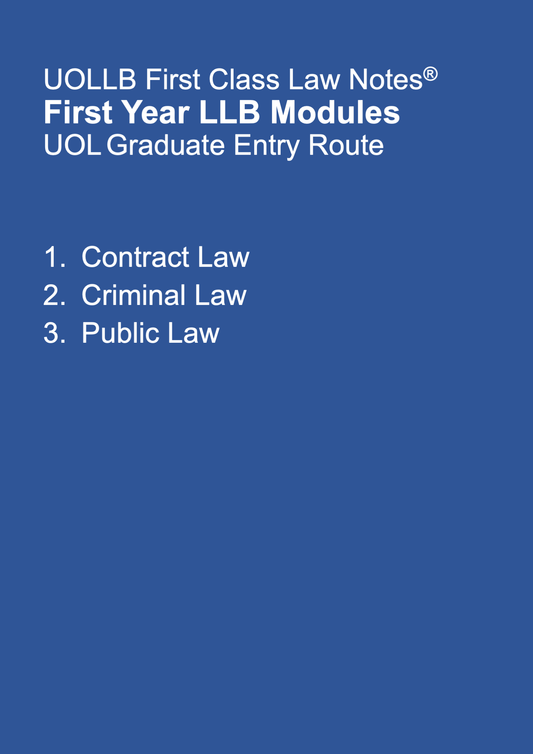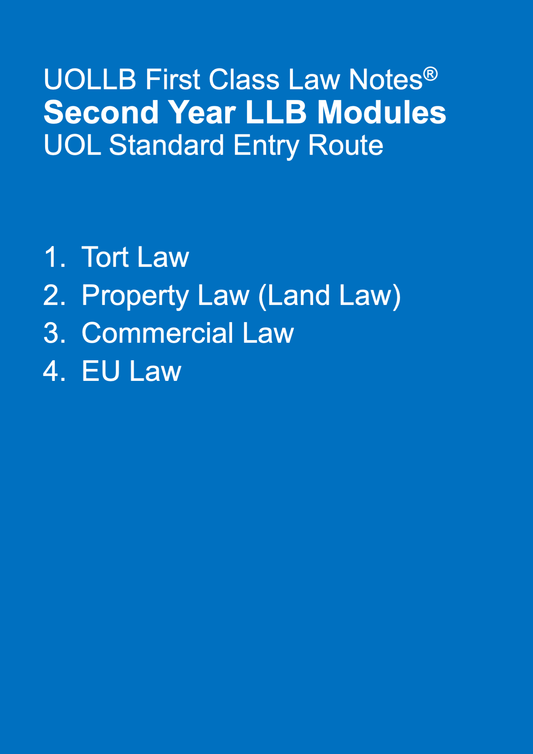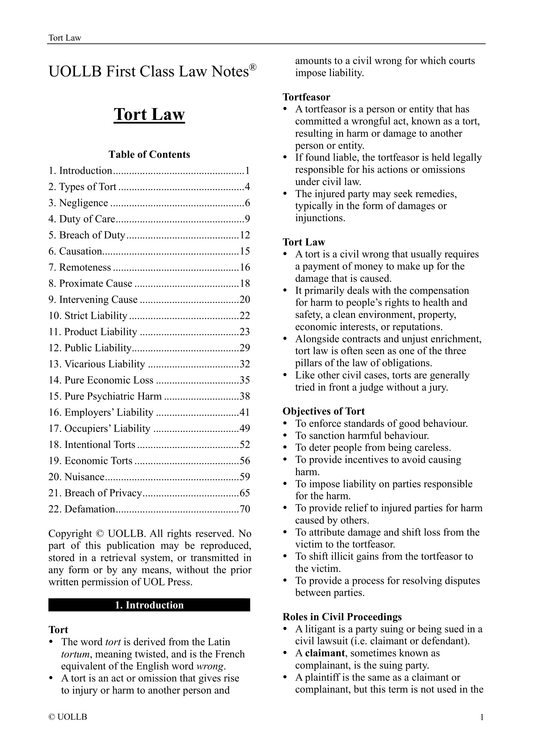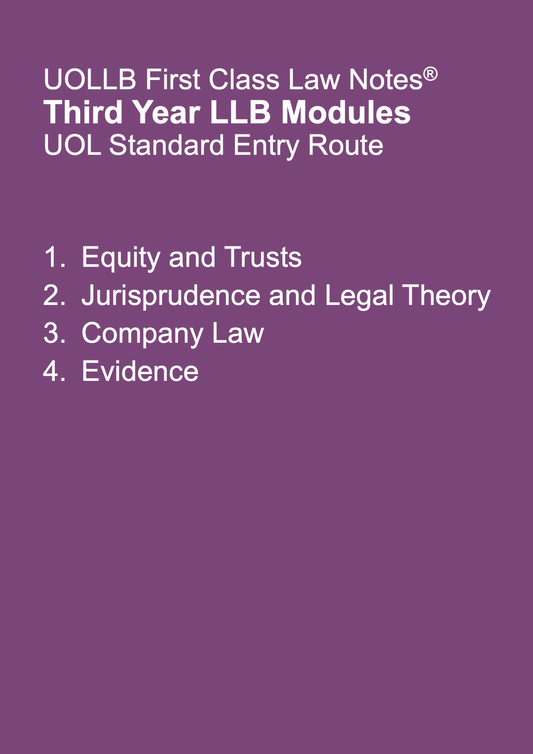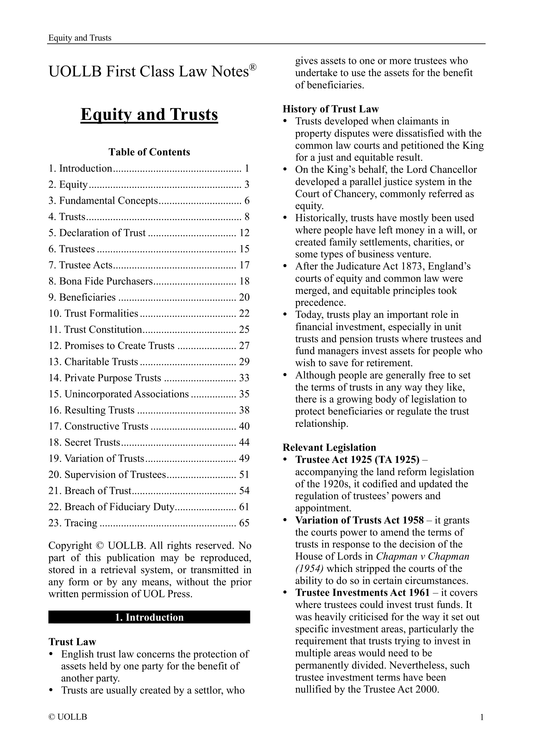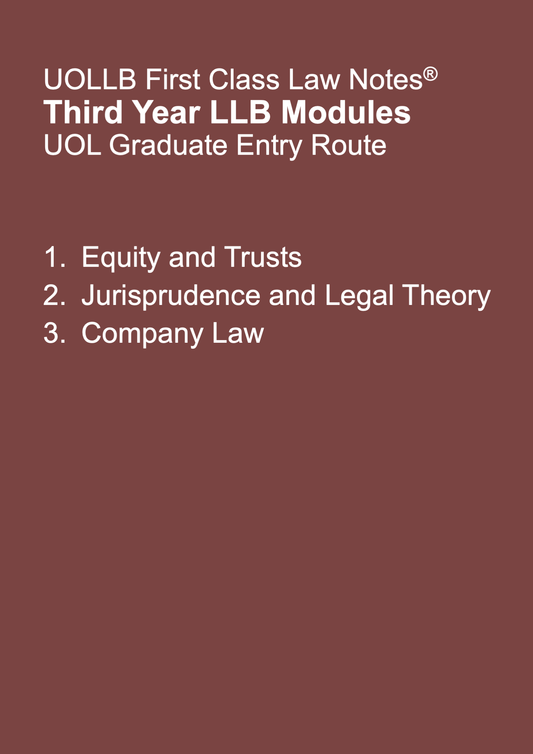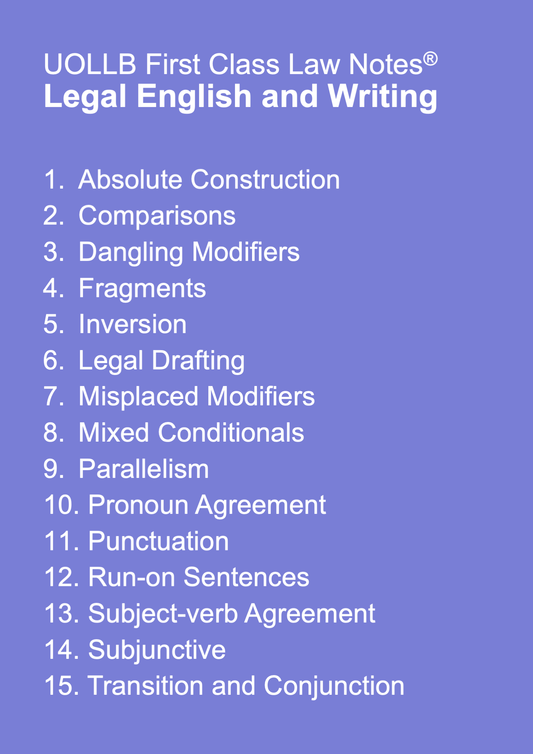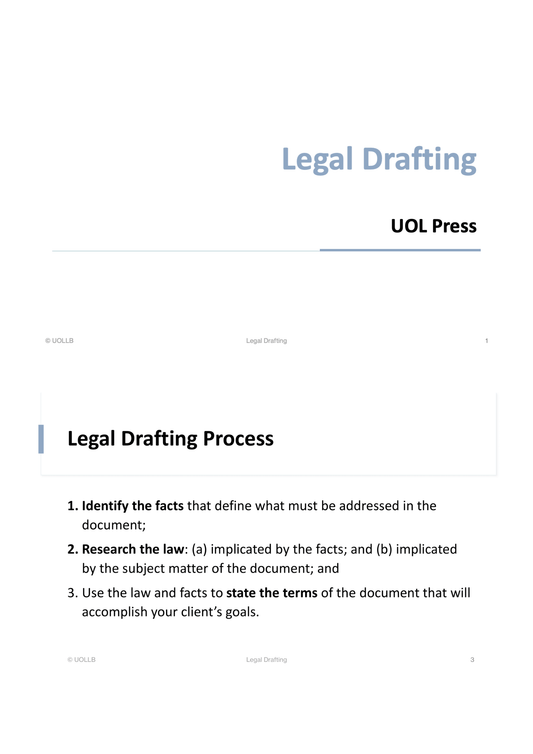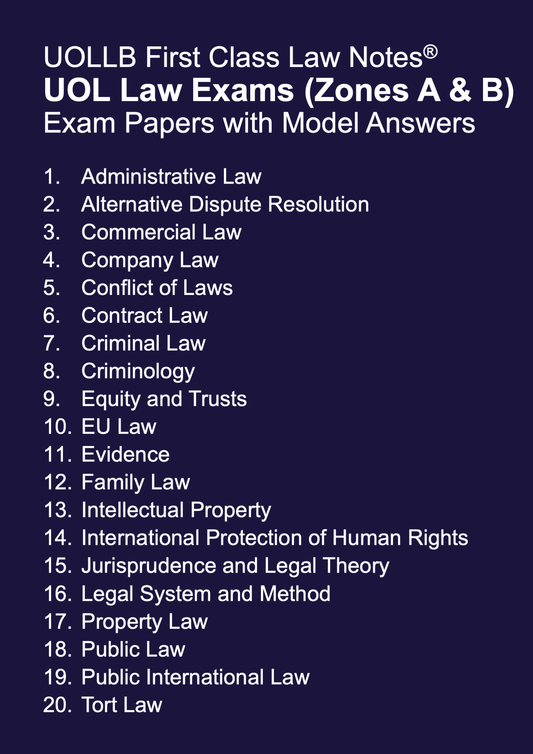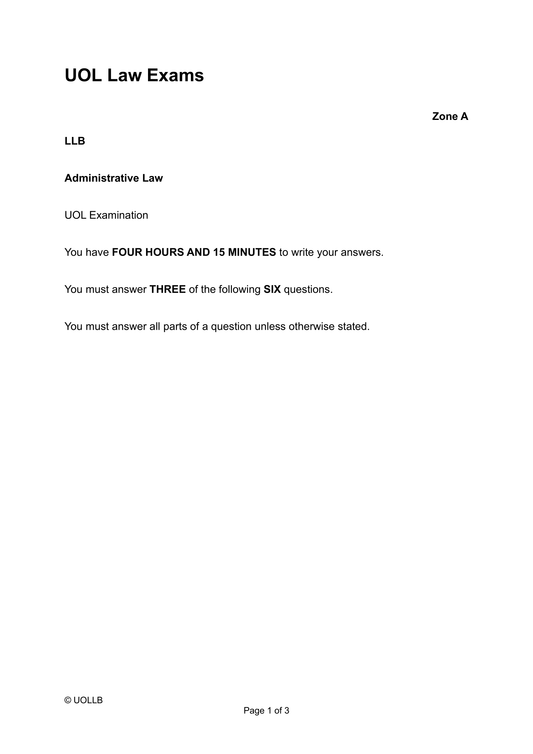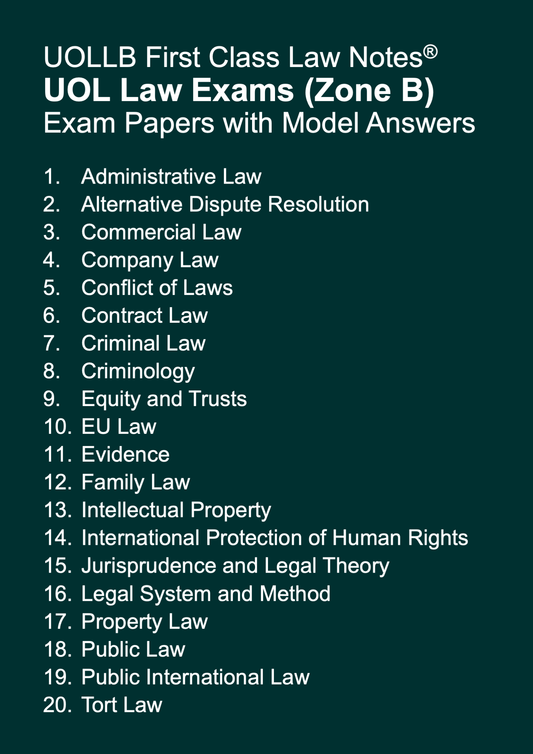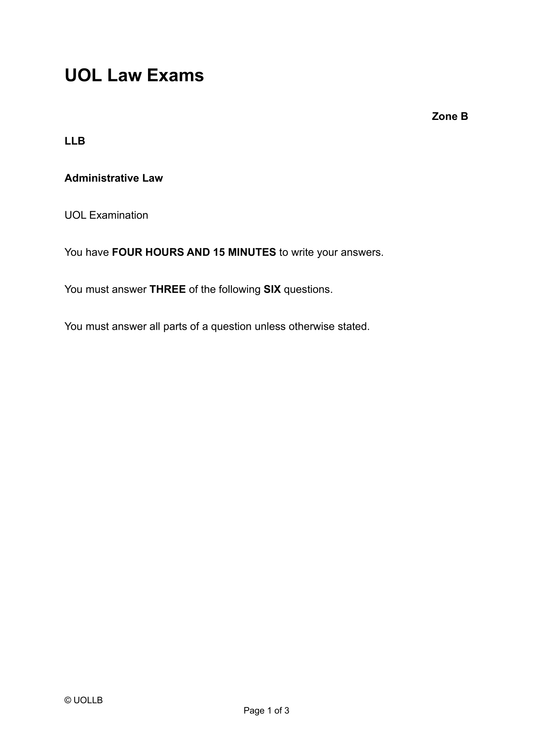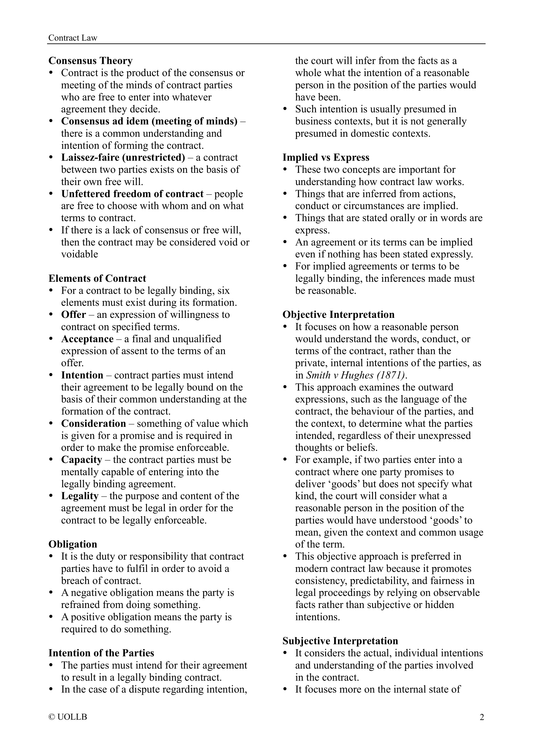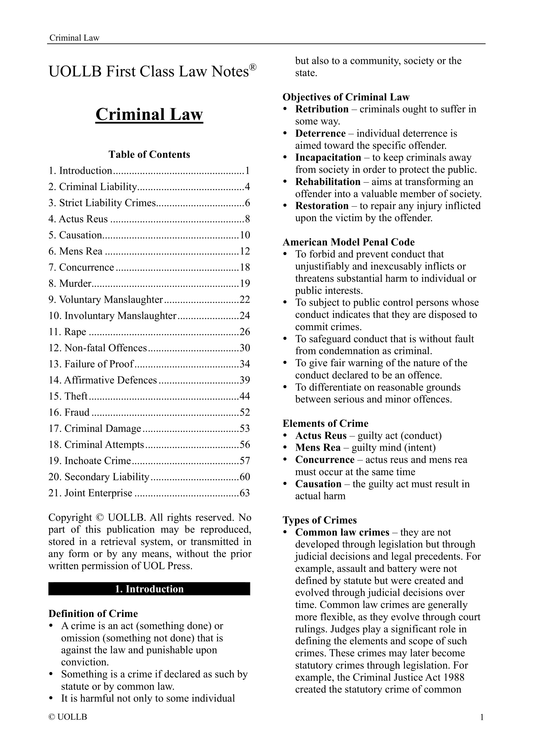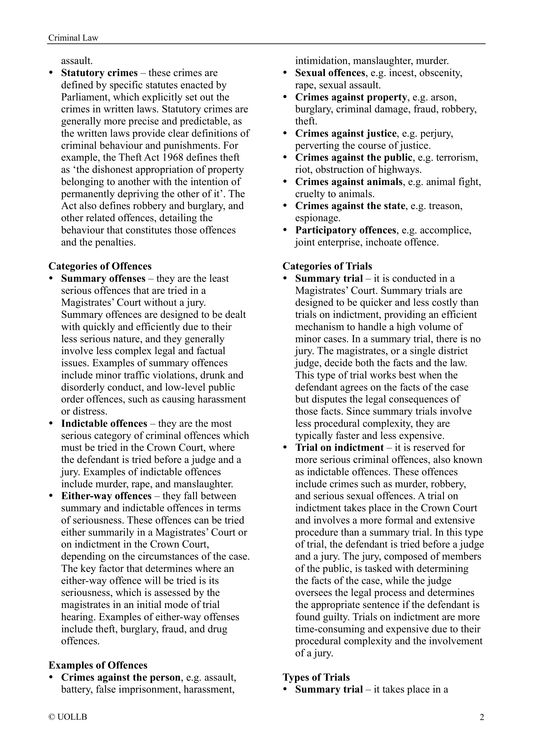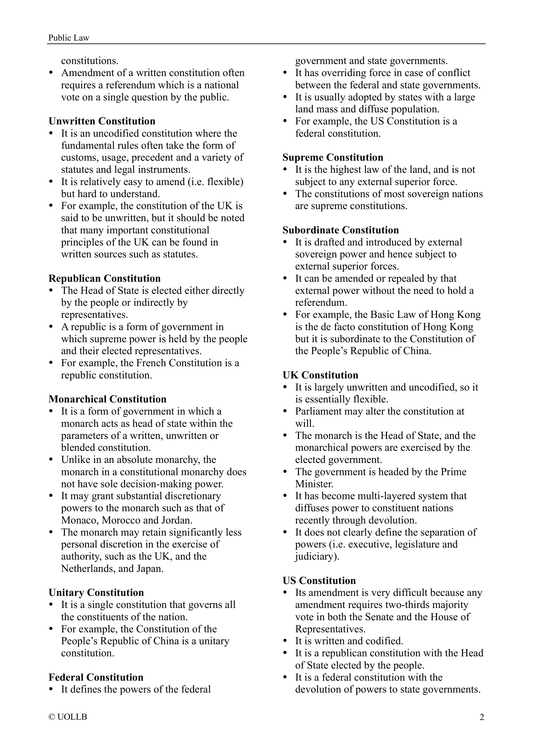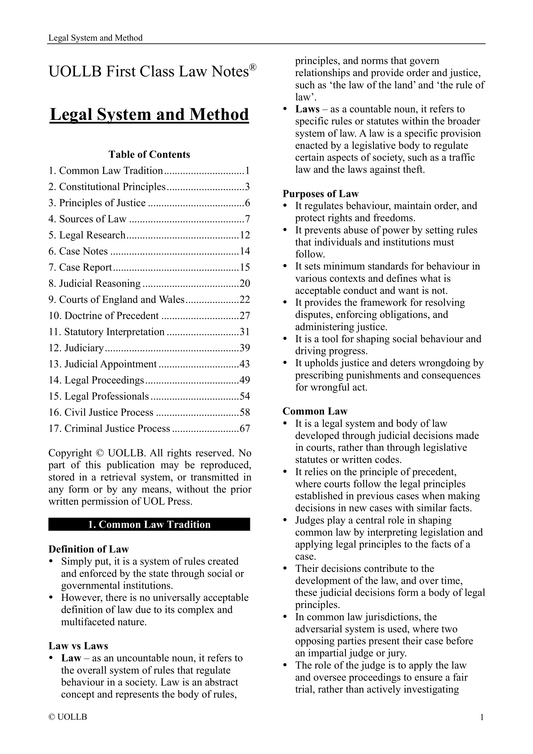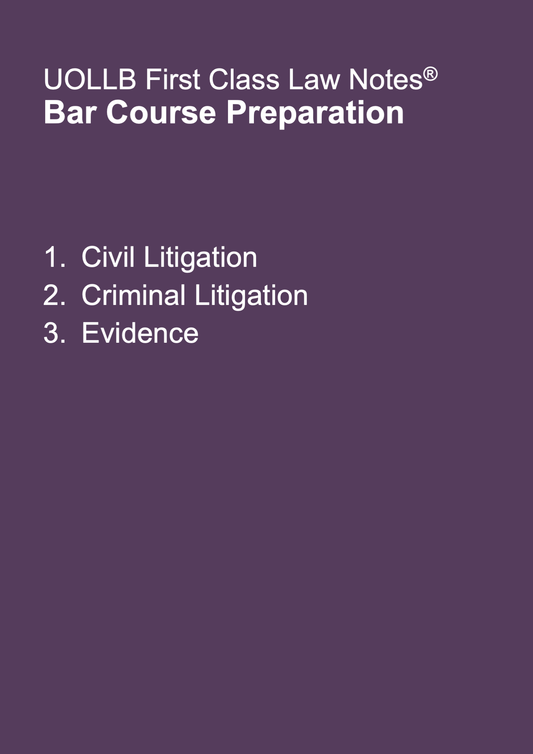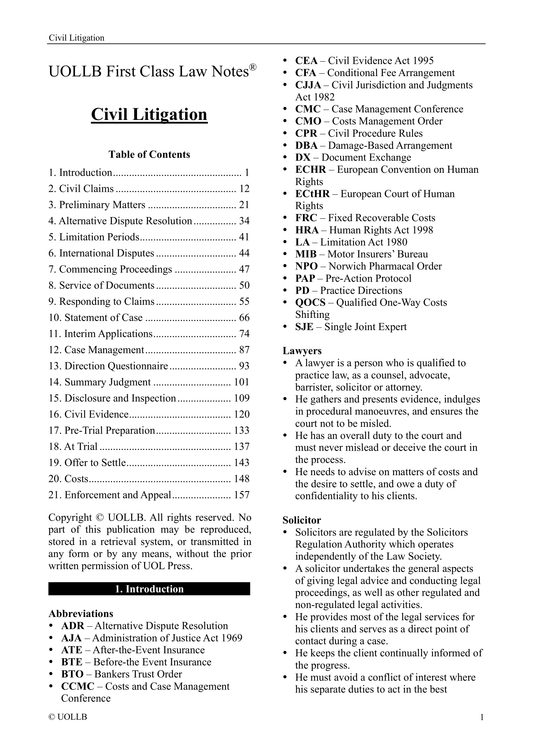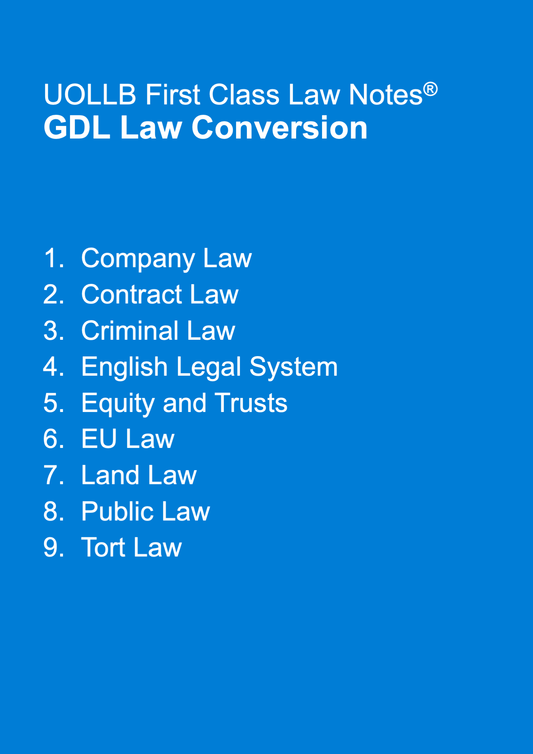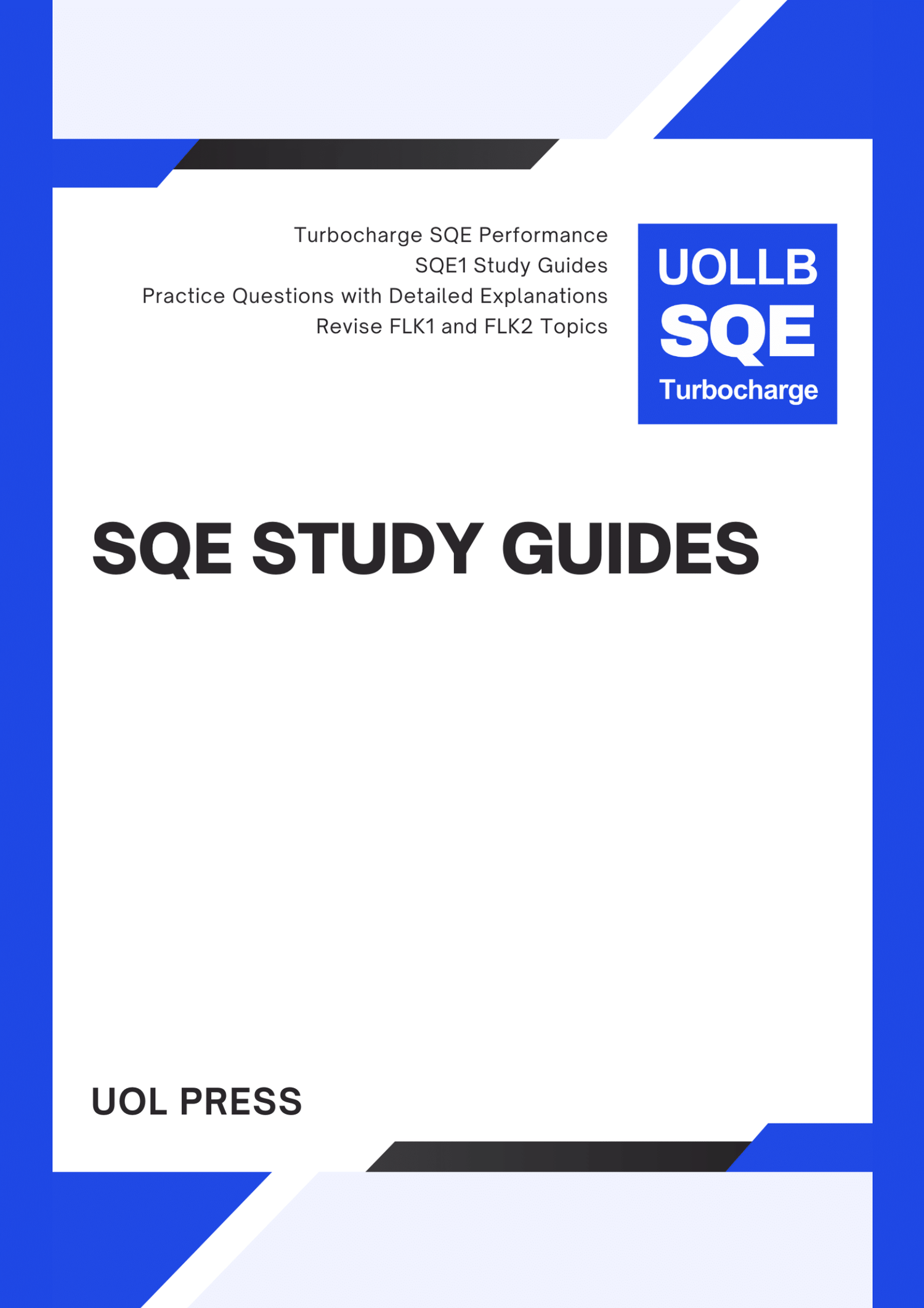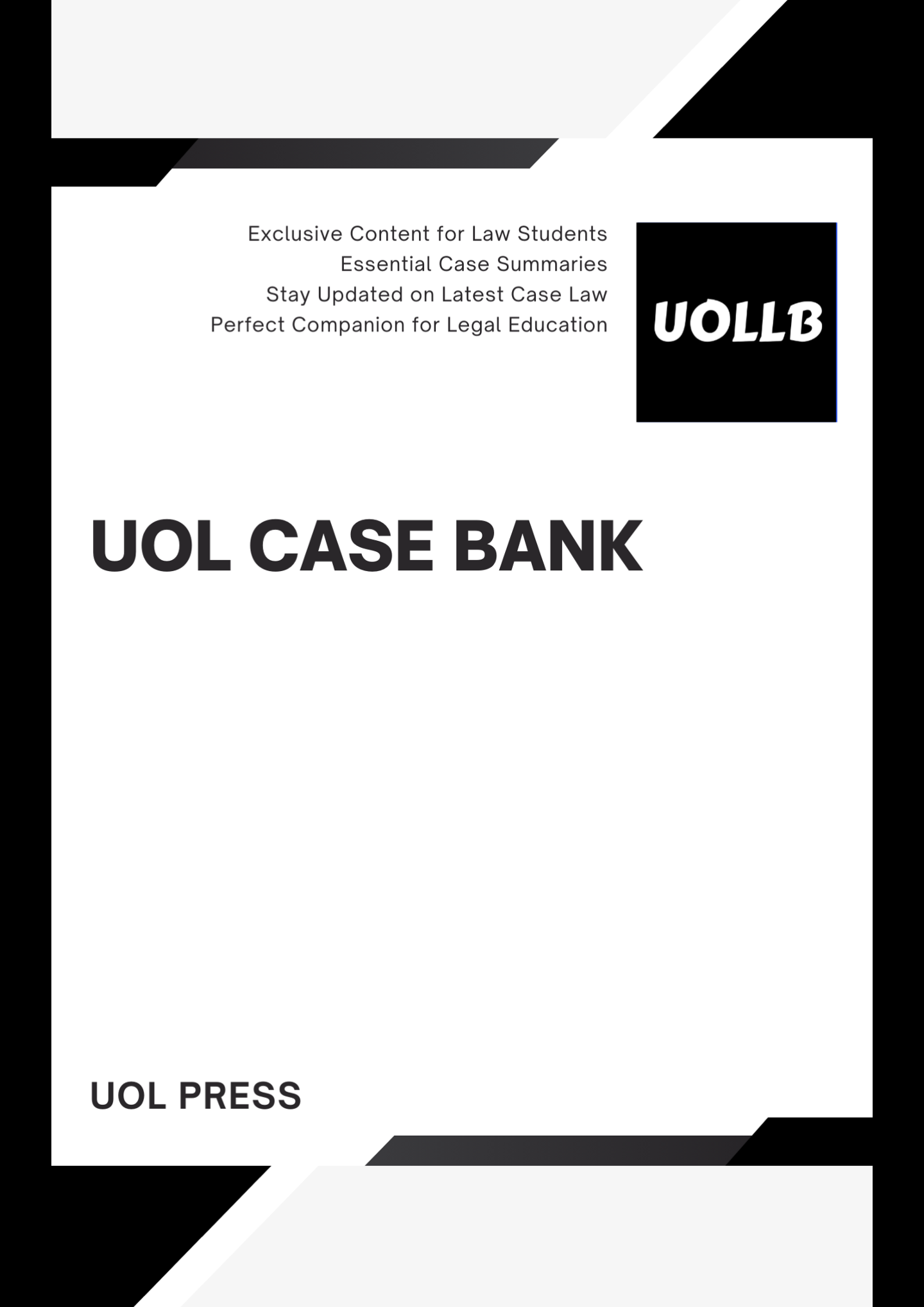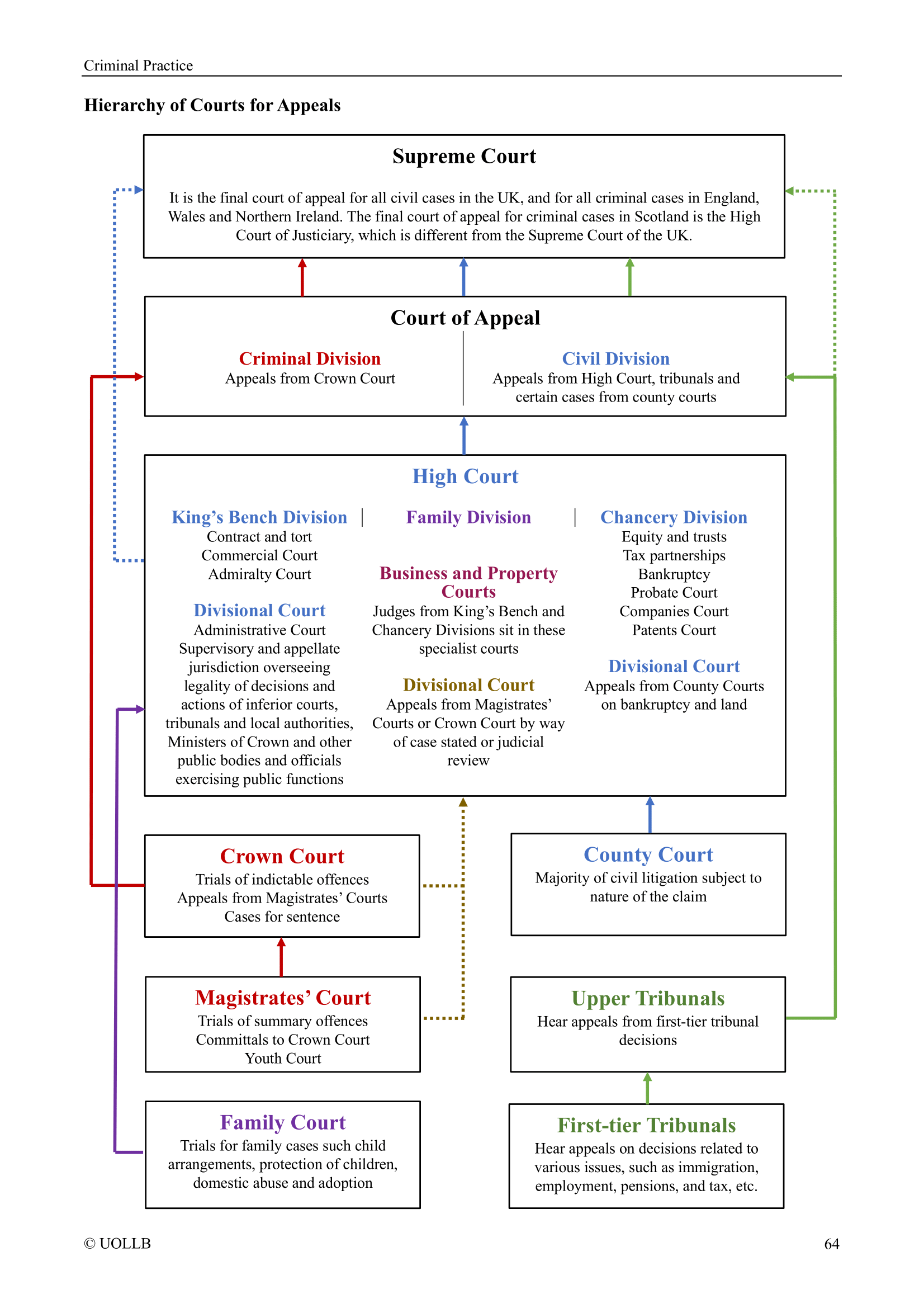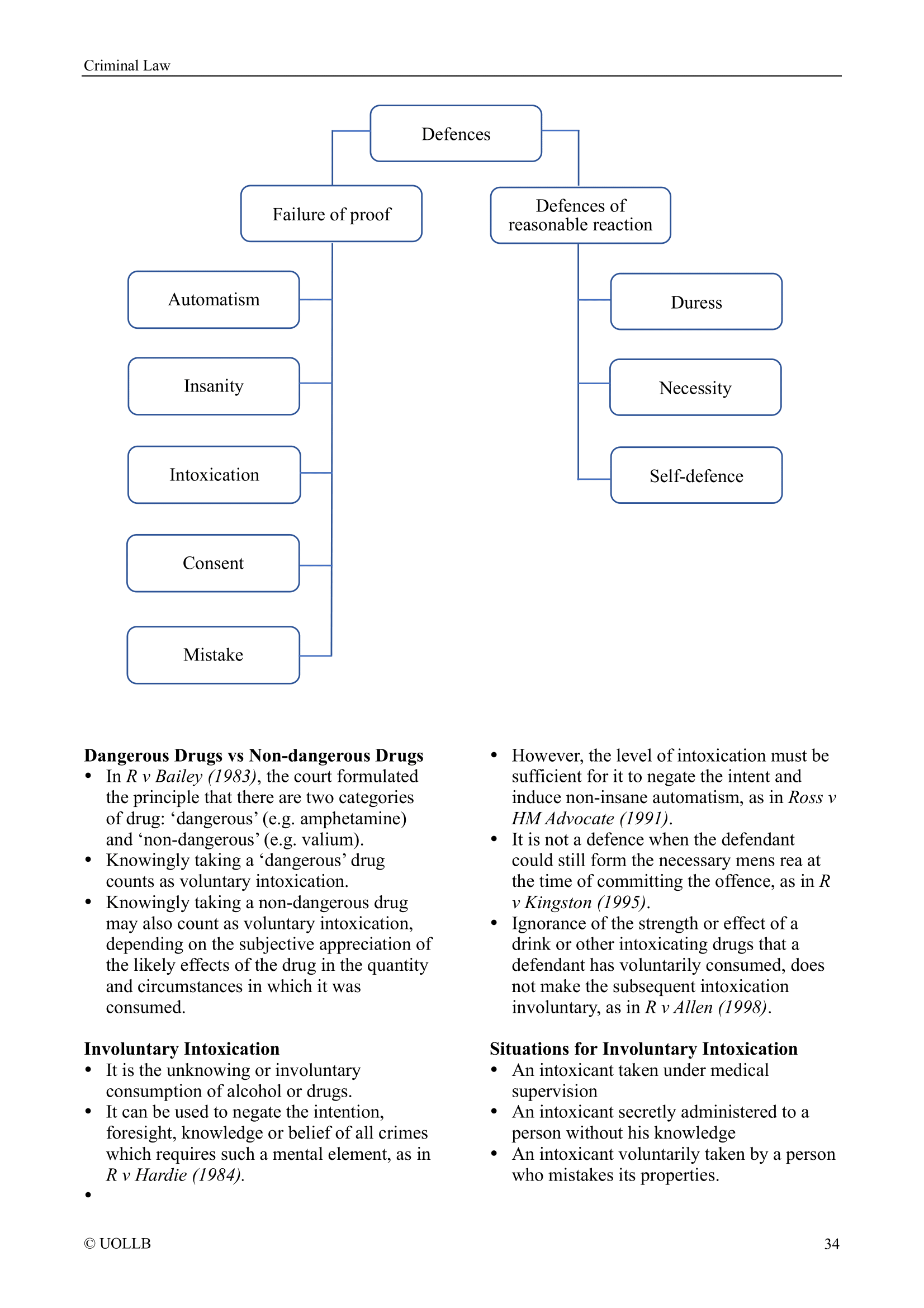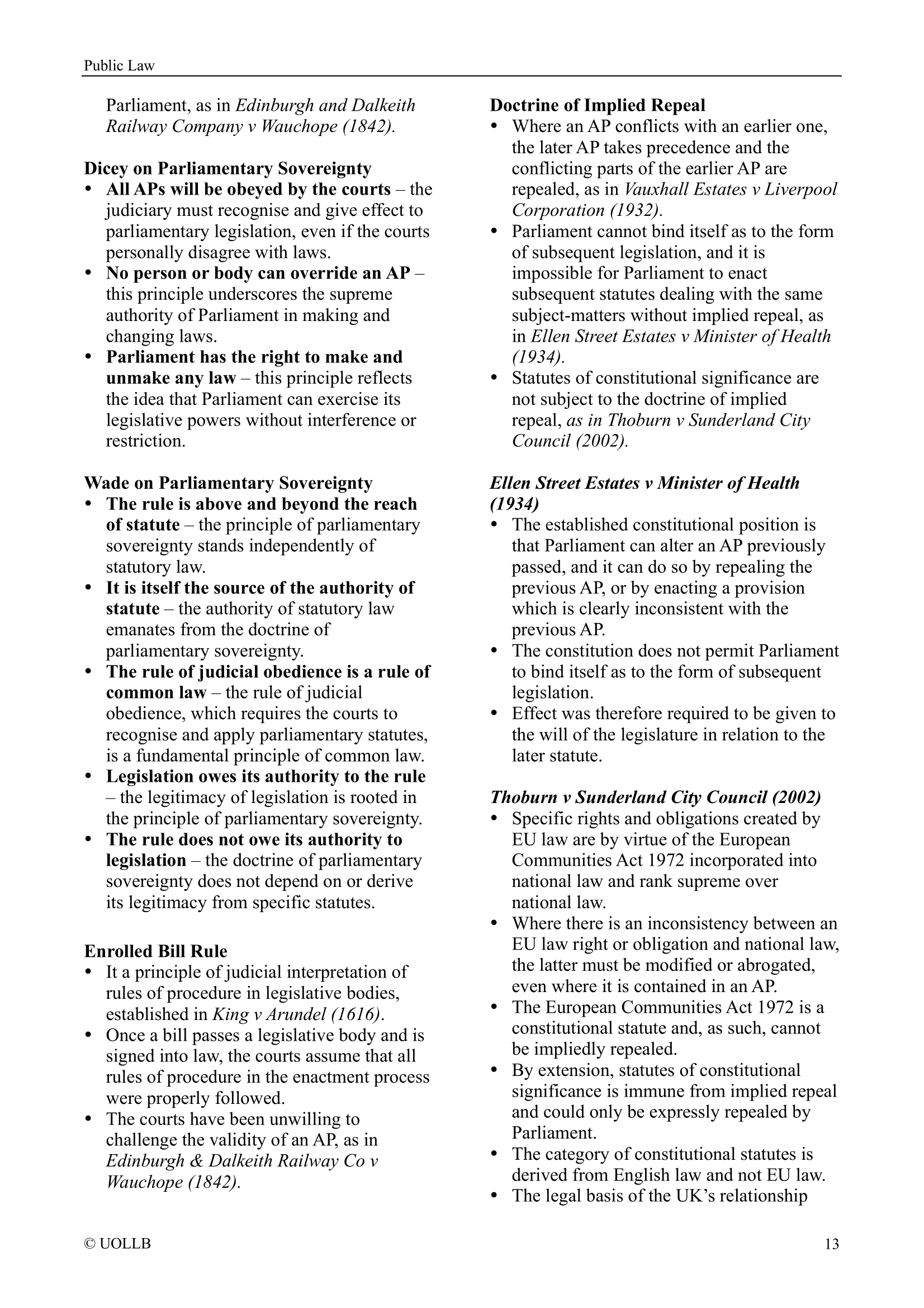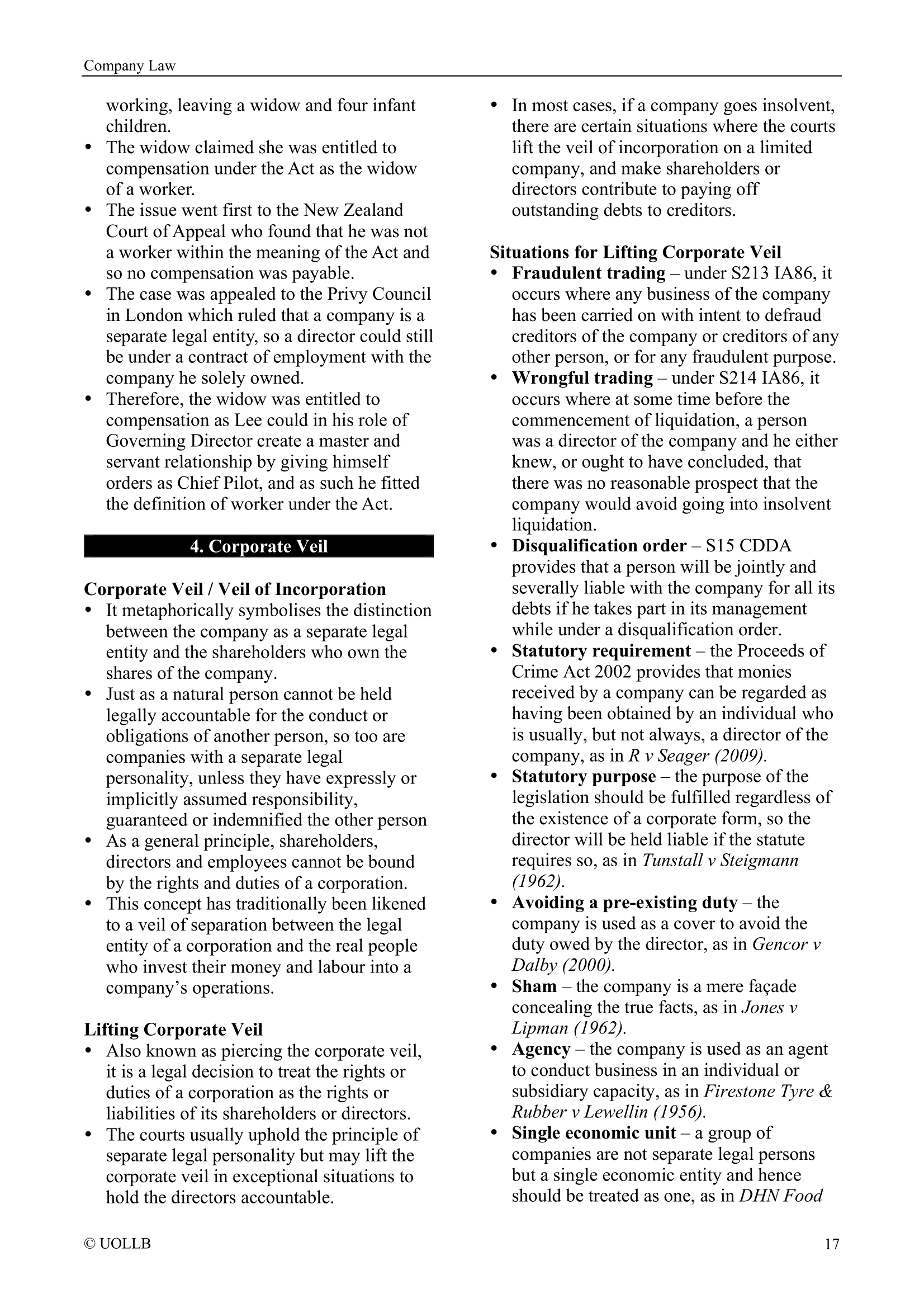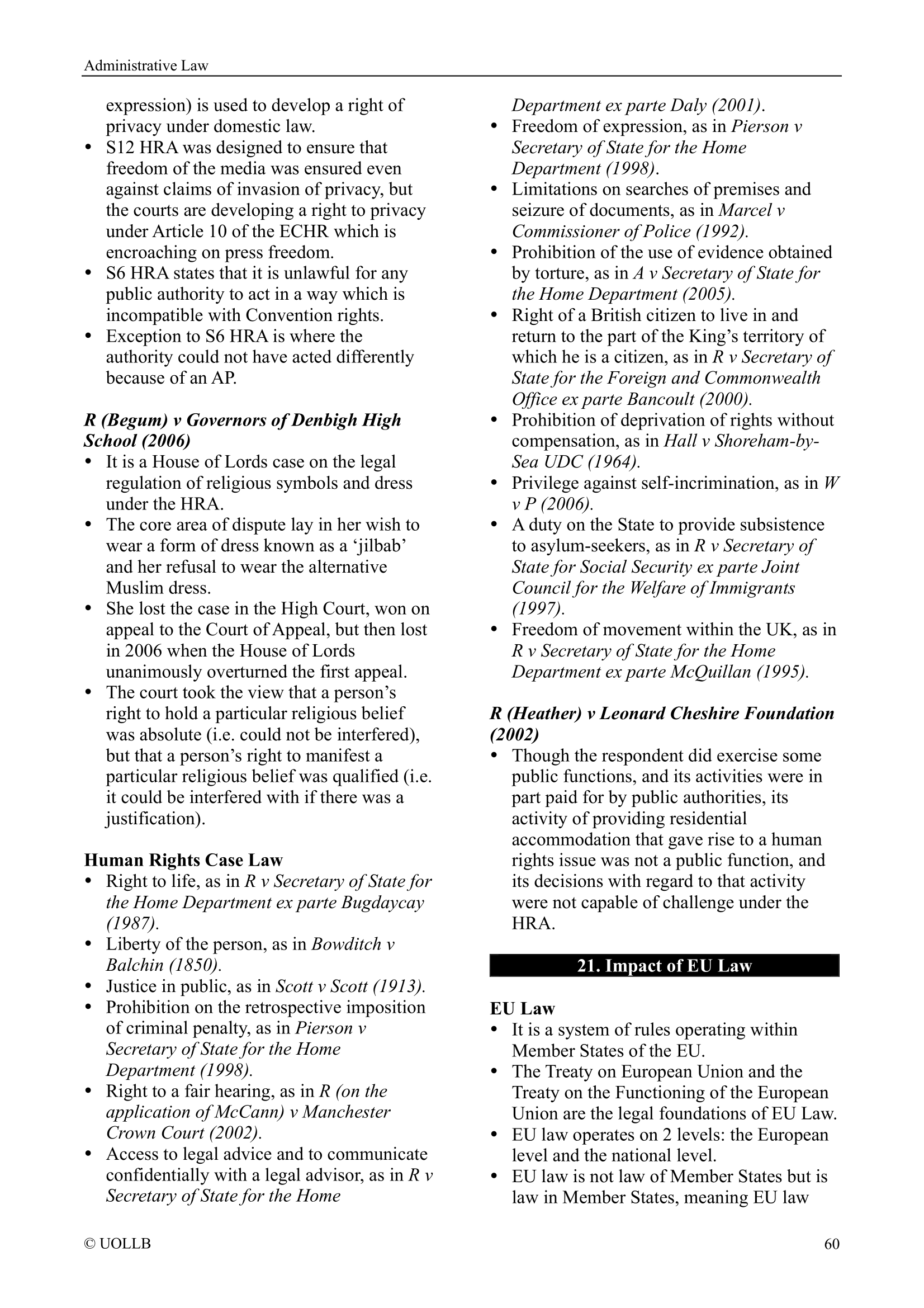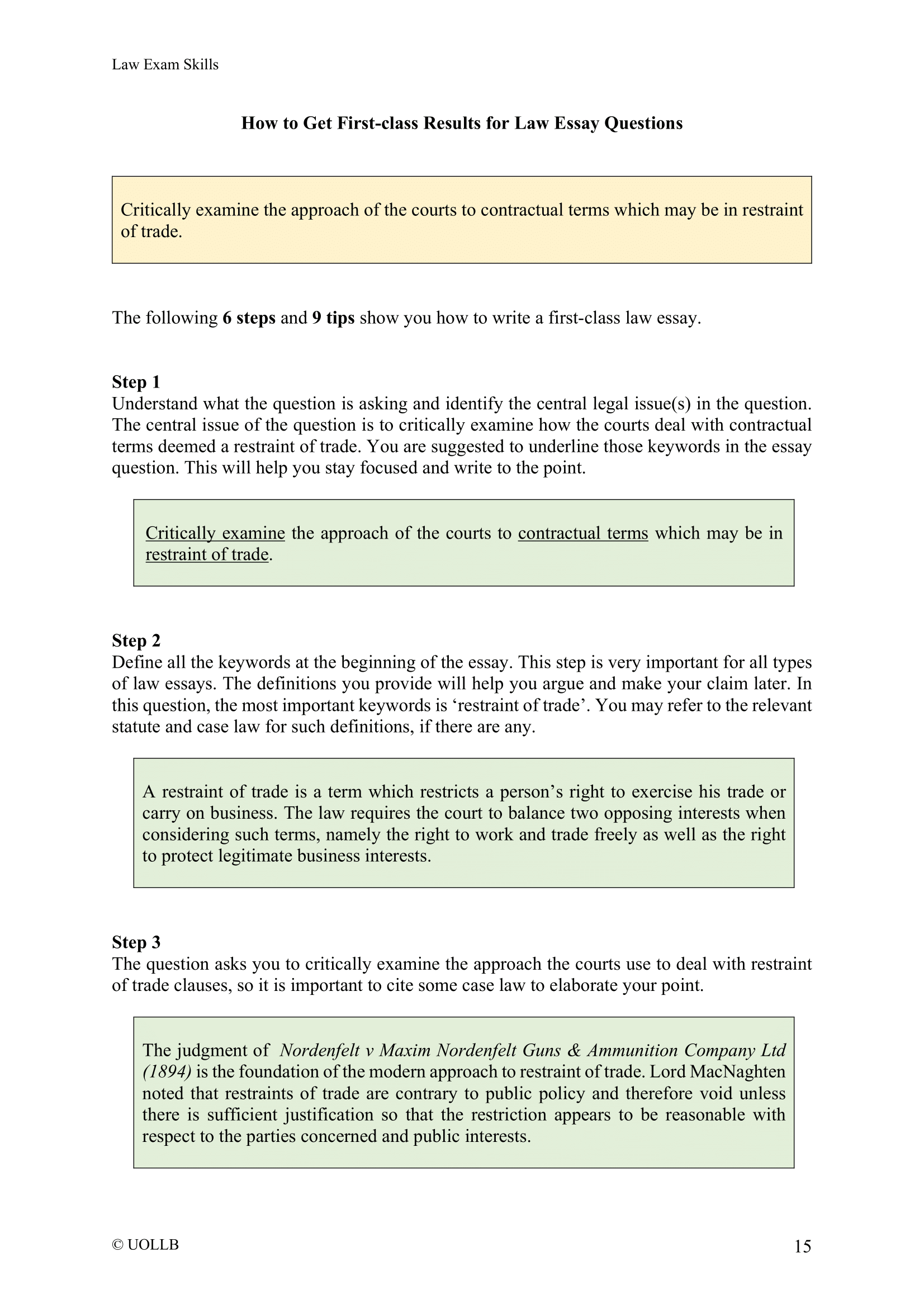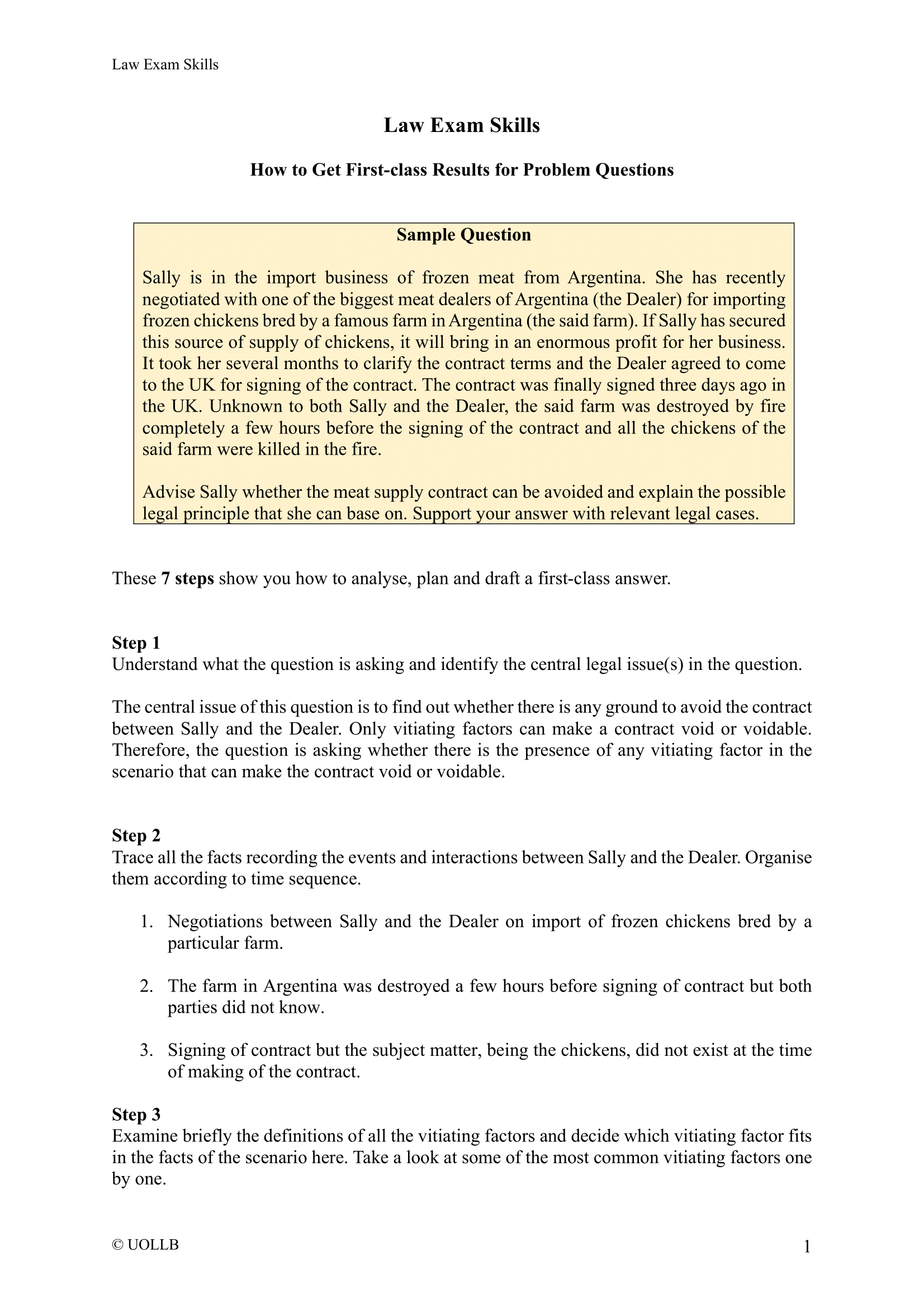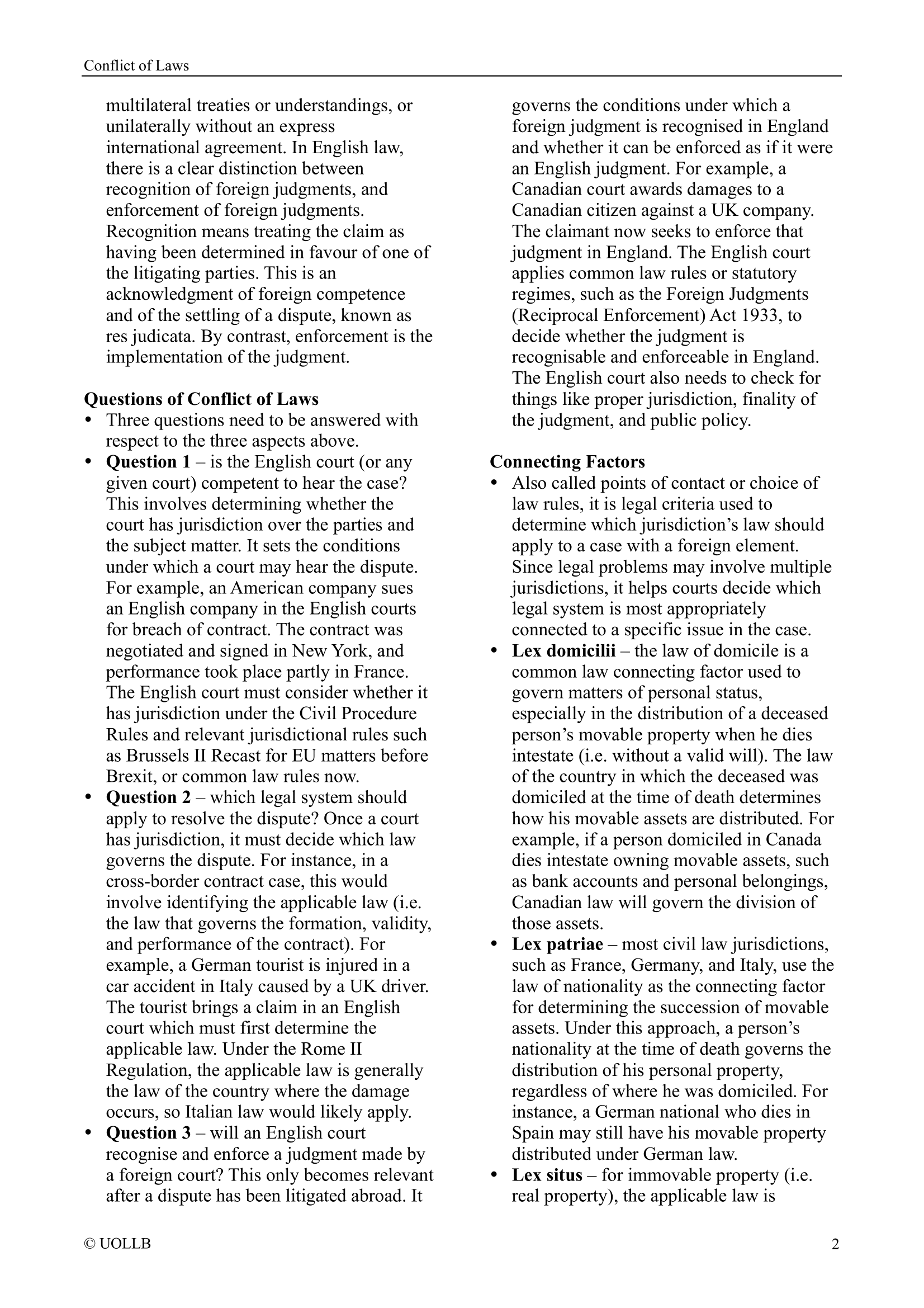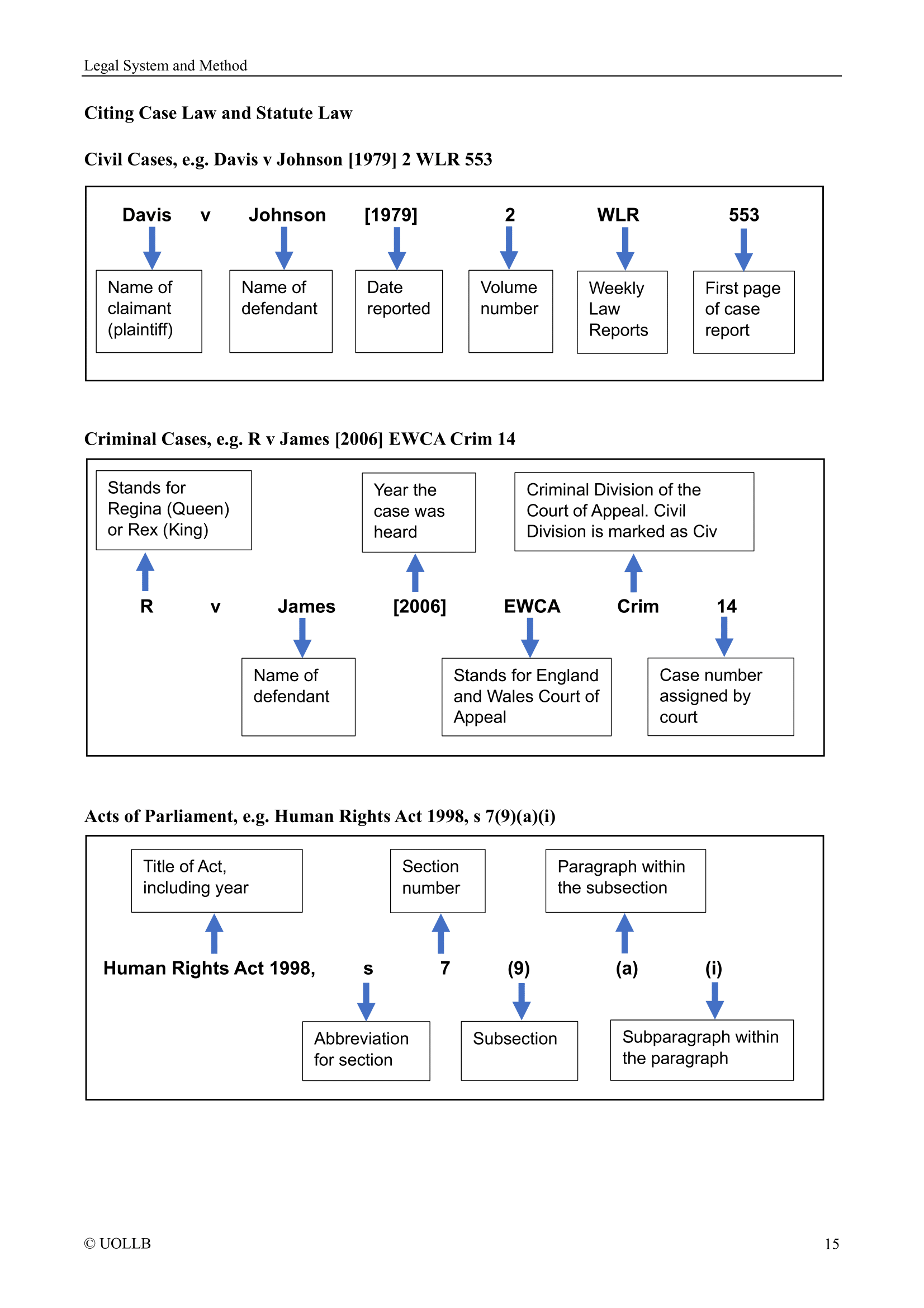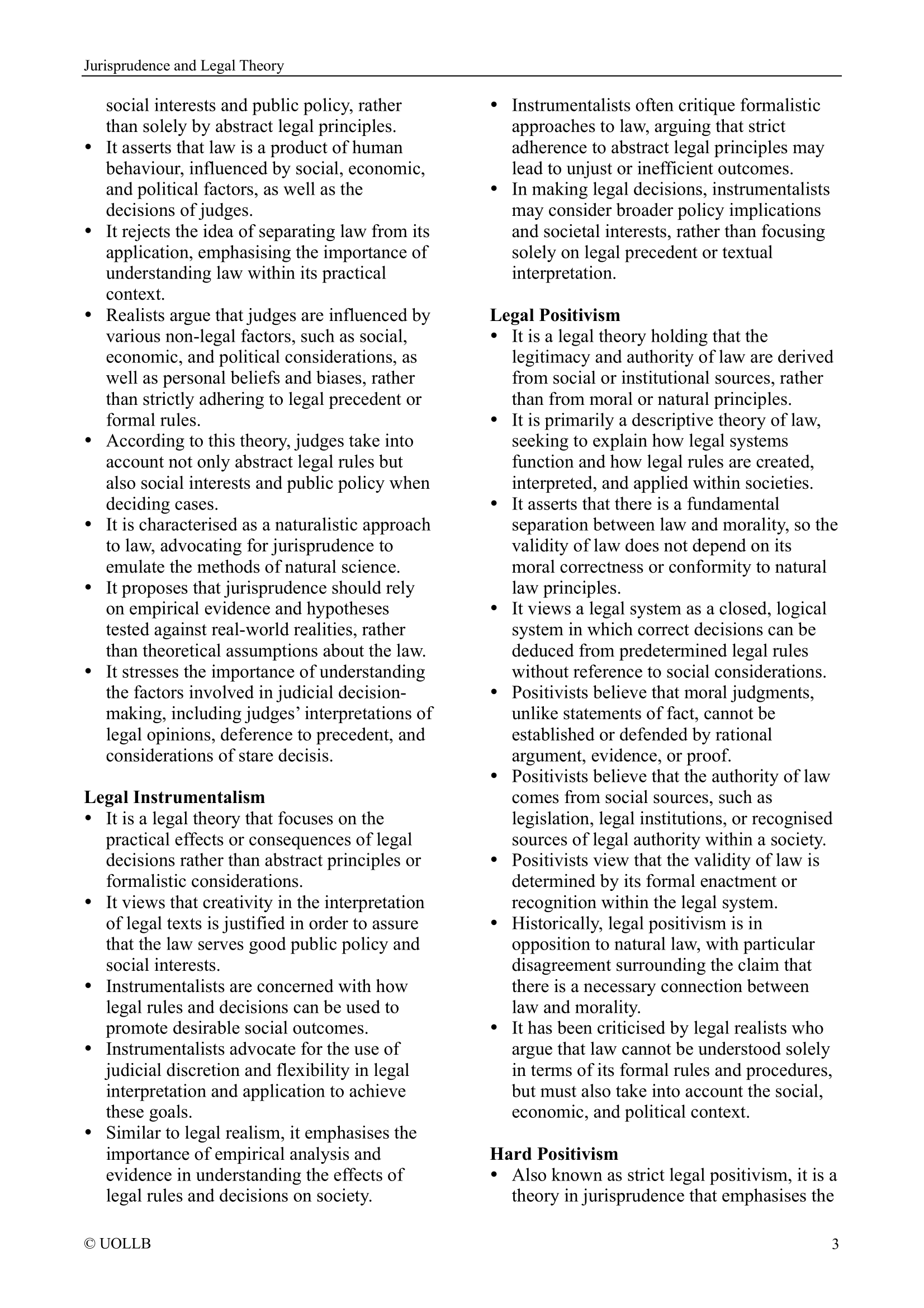Top 10 House of Lords Judgments of All Time
Share
Donoghue v Stevenson (1932)
This seminal case established the modern law of negligence and introduced the neighbour principle. Mrs Donoghue consumed a ginger beer containing a decomposed snail and fell ill. She sued the manufacturer despite lacking a direct contract. The House of Lords ruled that manufacturers owe a duty of care to consumers. This case laid the foundation for product liability and personal injury law, transforming tort law by creating a general duty of care owed to those foreseeably affected by one’s actions.
R v Brown (1993)
This controversial judgment involved a group of men convicted of consensual sadomasochistic acts. The House of Lords ruled that consent was not a valid defence to actual bodily harm or more serious injuries in these circumstances. The ruling drew a distinction between socially sanctioned conduct (like sports) and private sexual acts, upholding the convictions. The decision sparked intense debate over privacy, bodily autonomy, and the limits of criminal law in regulating consensual adult behaviour.
Gillick v West Norfolk and Wisbech AHA (1985)
This case concerned whether doctors could give contraceptive advice and treatment to under-16s without parental consent. The House of Lords held that they could, provided the child had sufficient maturity and understanding, introducing the Gillick competence test. The ruling balanced parental rights with children’s autonomy and marked a turning point in medical ethics and children’s rights. It remains a foundational case in healthcare law and the rights of minors in making medical decisions.
R v G and Another (2003)
Two boys, aged 11 and 12, accidentally set fire to a building, not appreciating the full risk. The House of Lords overturned the earlier test for recklessness, ruling that the standard must be subjective, based on what the defendant actually foresaw. This replaced the objective Caldwell recklessness test. The decision ensured that criminal liability in serious cases like arson fairly reflects the actual mental state of the accused, especially children, reinforcing principles of justice in youth offending.
Pepper v Hart (1993)
This judgment allowed courts, for the first time, to refer to Hansard (Parliamentary debates) when interpreting ambiguous legislation. The House of Lords ruled that statements by ministers during debates could be used to resolve legislative ambiguity. This marked a significant shift in statutory interpretation, promoting transparency and helping judges better understand parliamentary intent. However, it also raised constitutional concerns about separation of powers and the relevance of political debate in judicial decision-making.
Woolmington v DPP (1935)
This foundational case affirmed the presumption of innocence in criminal law. The House of Lords ruled that the burden of proof lies with the prosecution, which must prove guilt beyond reasonable doubt. The defendant, accused of murdering his wife, had claimed the shooting was accidental. The court emphasised that this principle is the golden thread running through English criminal law. It remains a cornerstone of criminal justice, ensuring fair trials and protecting individuals from wrongful convictions.
Anisminic Ltd v Foreign Compensation Commission (1969)
This case revolutionised administrative law by holding that an error of law by a public body invalidates its decision, even if a statute appears to exclude judicial review. The House of Lords ruled that ouster clauses do not shield unlawful decisions from review. This expanded the scope of judicial oversight over public authorities and reinforced the principle of legality. It remains one of the most important rulings ensuring courts can scrutinise public decision-making.
Airedale NHS Trust v Bland (1993)
This case involved Tony Bland, a victim of the Hillsborough disaster, left in a persistent vegetative state. Doctors sought permission to withdraw life-sustaining treatment. The House of Lords allowed it, recognising that continuing treatment had no benefit and that withdrawal would not be unlawful. The judgment established legal and ethical guidelines for end-of-life decisions, distinguishing between acts and omissions. It continues to guide medical practice in cases of irreversible loss of consciousness.
R v Shivpuri (1986)
This case marked a turning point in criminal law by confirming that a person can be guilty of attempting to commit a crime, even if it was factually impossible. Shivpuri believed he was smuggling drugs, but the substance was harmless. The House of Lords upheld his conviction for attempted drug trafficking. The judgment overturned a previous ruling (Anderton v Ryan) and demonstrated the court’s willingness to admit and correct past legal errors in criminal law interpretation.
Fitzpatrick v Sterling Housing Association (1999)
This case expanded legal recognition of same-sex relationships. When a gay man sought to inherit his deceased partner’s tenancy, the housing association refused, arguing he was not a family member. The House of Lords ruled that a long-term same-sex partner could qualify as part of the deceased’s family for tenancy succession purposes. This ruling marked a significant step toward equality in housing rights and helped pave the way for further legal recognition of same-sex relationships in the UK.
